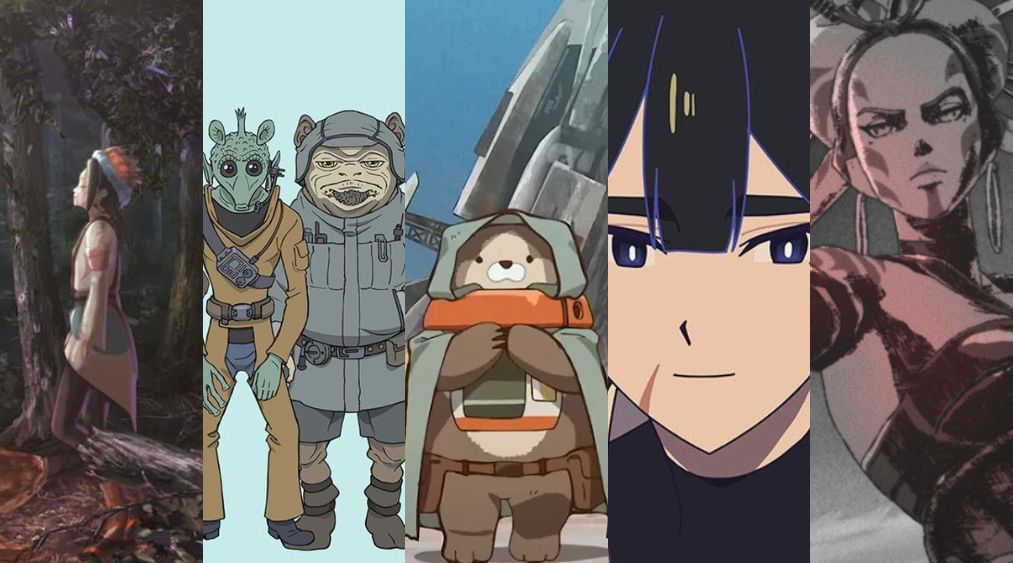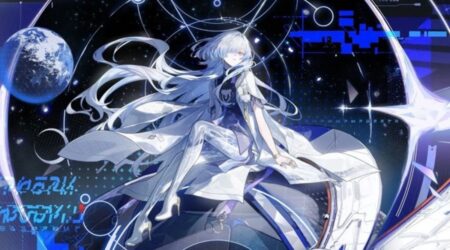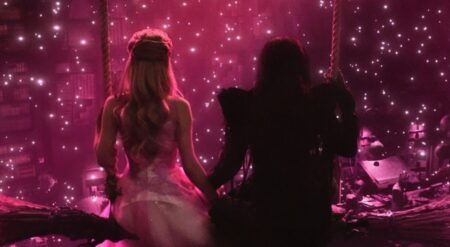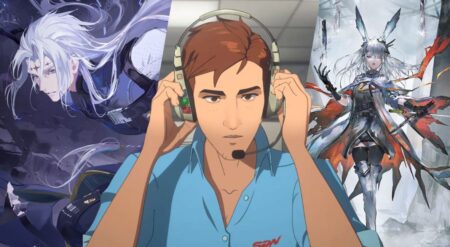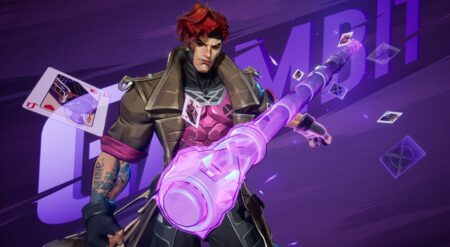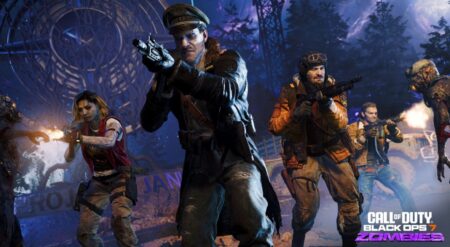When Star Wars: Visions first premiered in 2021, it redefined what Star Wars animation could be. The anthology didn’t ask permission to play in the sandbox; it just did. It took the familiar language of the galaxy far, far away and translated it through new voices, cultures, and visual philosophies. With Star Wars Visions Volume 3, the series of mixtapes returns to its anime roots, uniting powerhouse studios from across Japan for nine shorts that each reinterpret the Force in their own way.
Star Wars Visions Volume 3 builds on everything that came before: fusing the mythic roots of Volume 1 with the global innovation of Volume 2. The result is a celebration of artistry and imagination, told through nine distinct voices redefining what Star Wars can look like.
Here’s a closer look at every short, its creators, and why their inclusion in the Star Wars sandbox matters.
ANIMA — “The Duel: Payback”
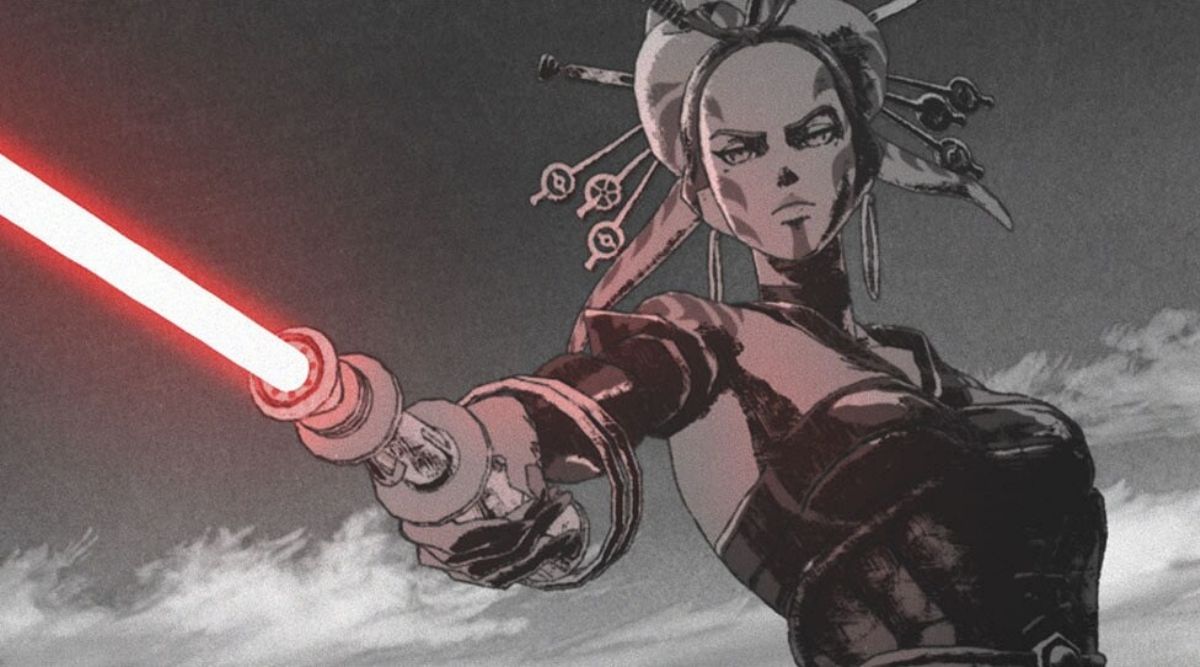
Synopsis: With the help of some unexpected allies, the Ronin faces off against his greatest foe — a twisted Jedi known as the Grand Master, who is bent on revenge.
Kamikaze Douga’s “The Duel” opened Visions with a bold thesis: Star Wars is myth, and myth can look like anything. The studio’s return with “The Duel: Payback” continues that vision, now co-produced with ANIMA, known for their work on the who’s who of Japanese video games and anime.
Director Takanobu Mizuno, whose background includes franchises such as Resident Evil and Mega Man, has a deep understanding of cinematic action within digital animation. His partnership with ANIMA promises a richer, more tactile visual language. taking “The Duel’s” brushstroke minimalism and fusing it with cinematic realism. Expect a continuation that feels larger, heavier, and more mythic: an expansion of what made the Ronin a modern Star Wars icon.
Kinema Citrus — “The Lost Ones”
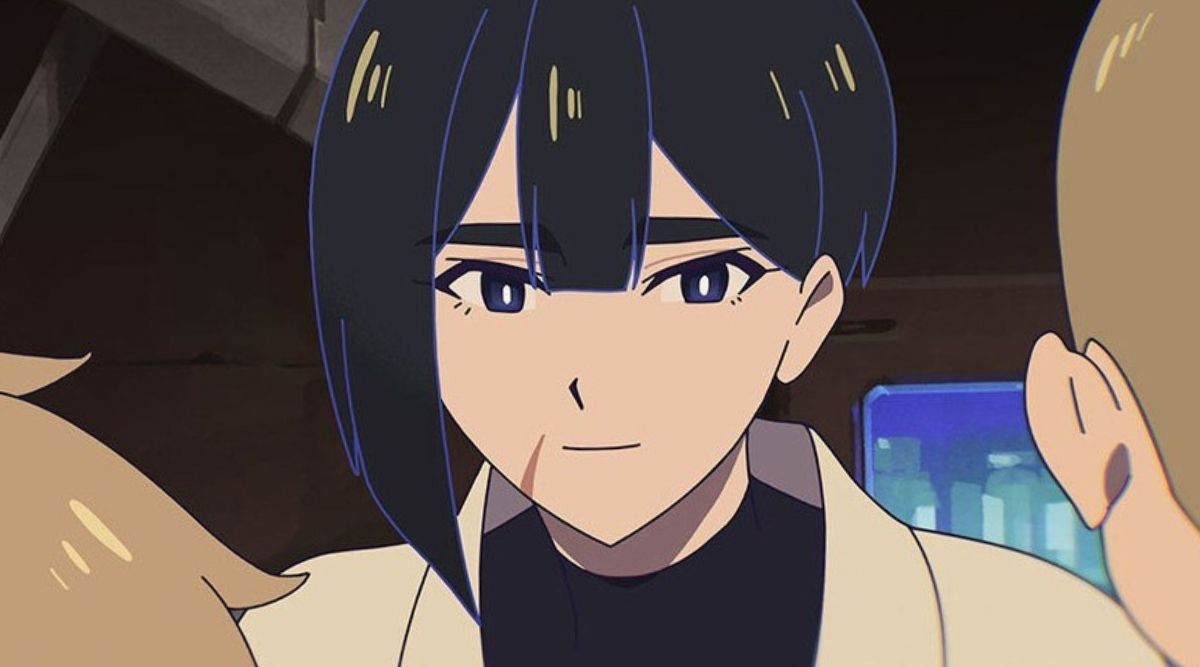
Synopsis: After assisting refugees escaping a natural disaster, an incognito F is forced to confront the ghosts of her past when their refugee ship is intercepted by the Empire.
Few studios capture quiet emotion like Kinema Citrus, and “The Lost Ones” proves why they remain one of the most human storytellers in modern anime. Directed by Hitoshi Haga, who previously helmed “The Village Bride“, the short reunites the director with his signature tone: meditative, empathetic, and deeply attuned to the Force as metaphor.
Haga’s strength lies in the spaces between conflict: the way silence, ritual, and memory give the galaxy weight. Where “The Village Bride” was about cultural connection, “The Lost Ones” shifts toward reckoning and recovery for L. Expect Star Wars at its most reflective: the idea that survival is only half the journey; healing is the rest.
Kinema Citrus — “Yuko’s Treasure”
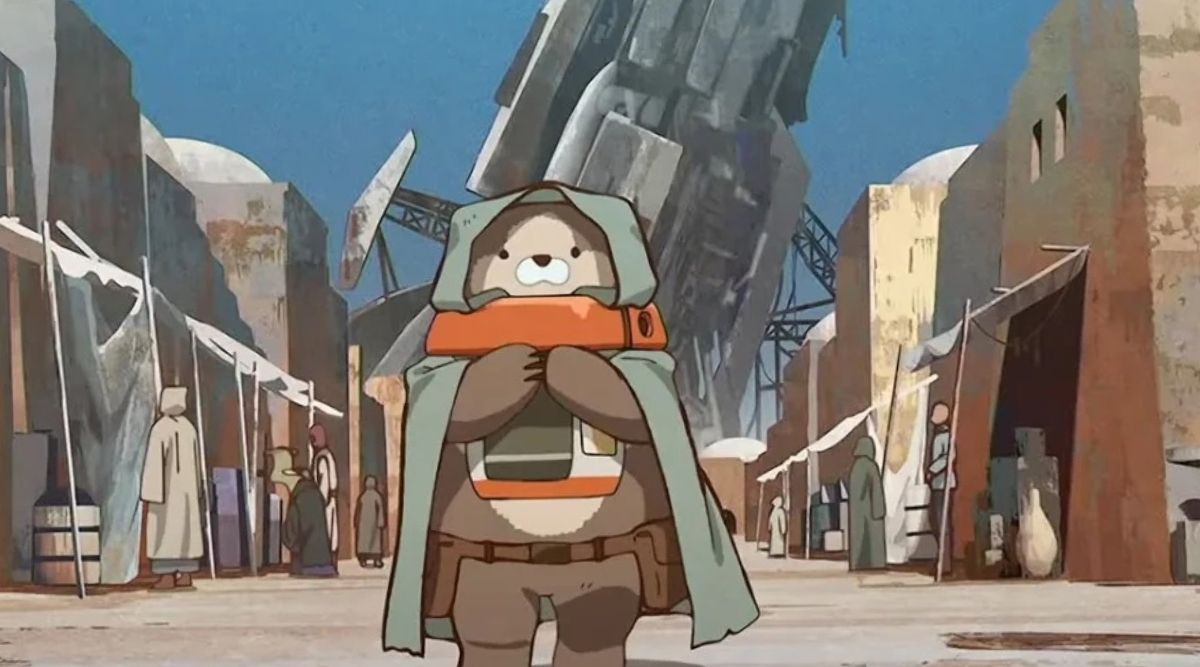
Synopsis: A sheltered orphan teams up with a street-rat kid to rescue his droid caregiver and find a long-lost treasure.
Directed by Masaki Tachibana (Ghost in the Shell: Stand Alone Complex), “Yuko’s Treasure” offers a different tone, more adventurous on the surface, but still grounded in the emotional honesty that defines Kinema Citrus. Tachibana’s work often centers on ordinary people navigating extraordinary crises, and that lens fits perfectly within the fabric of Star Wars.
If “The Lost Ones” is about looking inward, “Yuko’s Treasure” looks outward: a story about courage, companionship, and the small acts of kindness that keep hope alive. It’s a reminder that even in a galaxy ruled by empires and legends, Star Wars has always been about the everyday heroes who choose compassion over control.
Production I.G — “The Ninth Jedi: Child of Hope”

Synopsis: Pursued by Jedi Hunters and blasted adrift into space, Kara encounters a seemingly abandoned ship tended to by a mysterious droid.
A direct continuation of one of the anthology’s most requested follow-ups, “The Ninth Jedi: Child of Hope” marks the return of Production I.G., a studio synonymous with anime excellence. Known for Ghost in the Shell, Psycho-Pass, and Haikyuu!!, I.G. has defined cyber-aesthetic storytelling for decades.
Director Naoyoshi Shiotani (Psycho-Pass), who also led the original “The Ninth Jedi,” brings fluid precision and cinematic tension to his work. His animation often deals with identity and duty: perfect themes for Kara’s next chapter. “Child of Hope” feels like the rare Visions sequel that could stand beside canon stories: intimate, inspiring, and mythic all at once.
TRIGGER — “The Smuggler”

Synopsis: Desperate for a quick payday, a smuggler takes a job to rescue a fugitive from the Empire.
No studio embodies energy like TRIGGER. With series such as Kill la Kill, Promare, and Cyberpunk: Edgerunners, studio TRIGGER has turned chaos into an art form. Their style, featured in “The Twins,” is exaggerated, colorful, and explosive, and it channels the operatic side of Star Wars perfectly.
Directed by Masahiko Otsuka, a founding member of TRIGGER, “The Smuggler” looks poised to deliver a pulp-style romp through hyperspace. Otsuka’s visual rhythm is equal parts humor and heart, which makes him the ideal fit for a galaxy where scoundrels and idealists are often the same people.
david production — “BLACK”
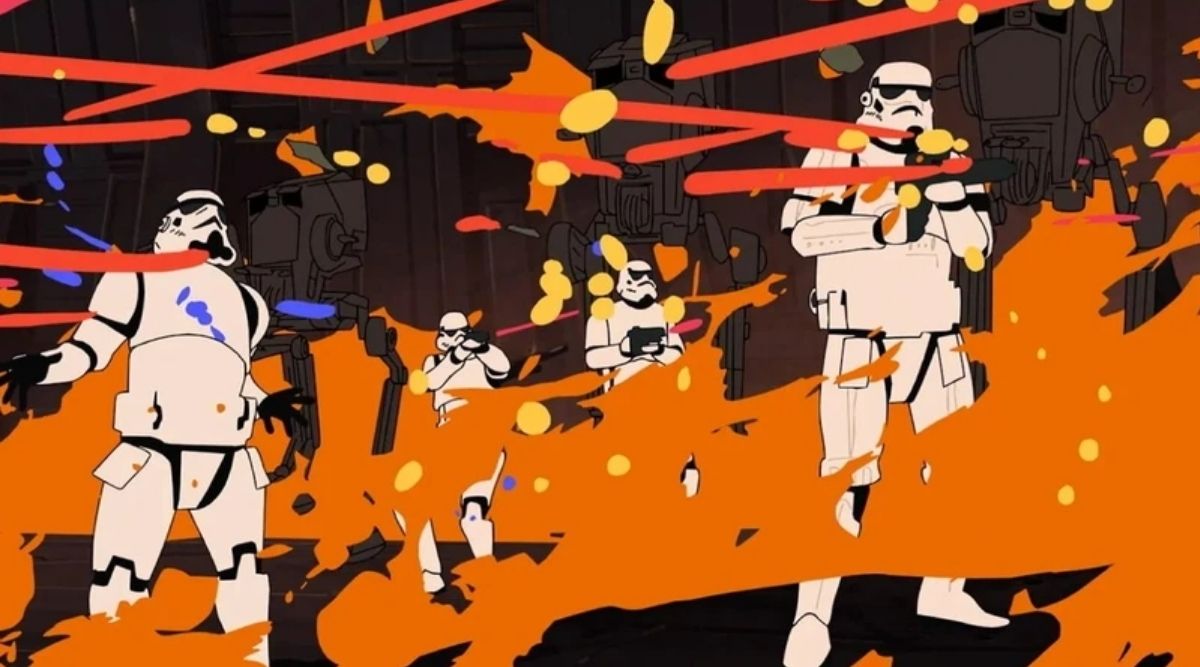
Synopsis: A psychedelic battle between past and present, light and dark, and life and death plays out in the haunted psyche of an Imperial trooper on the cusp of defeat.
This is the one everyone’s curious about. Shown at Anime NYC 2025, “BLACK” is the most experimental short of Volume 3: a surreal, inward-facing story that reframes the battle between light and dark as an internal one.
david production, the studio behind JoJo’s Bizarre Adventure, Fire Force, and Cells at Work!, is known for visual experimentation and bold color design. They’re a perfect match for Shinya Ohira, one of animation’s most revered figures, whose work on Akira and Spirited Away blurred the line between movement and emotion. Paired with david production’s color-driven dynamism, “BLACK” turns inner turmoil into a visual symphony: a dreamlike confrontation between guilt and redemption inside a stormtrooper’s mind.
WIT Studio — “The Song of Four Wings”
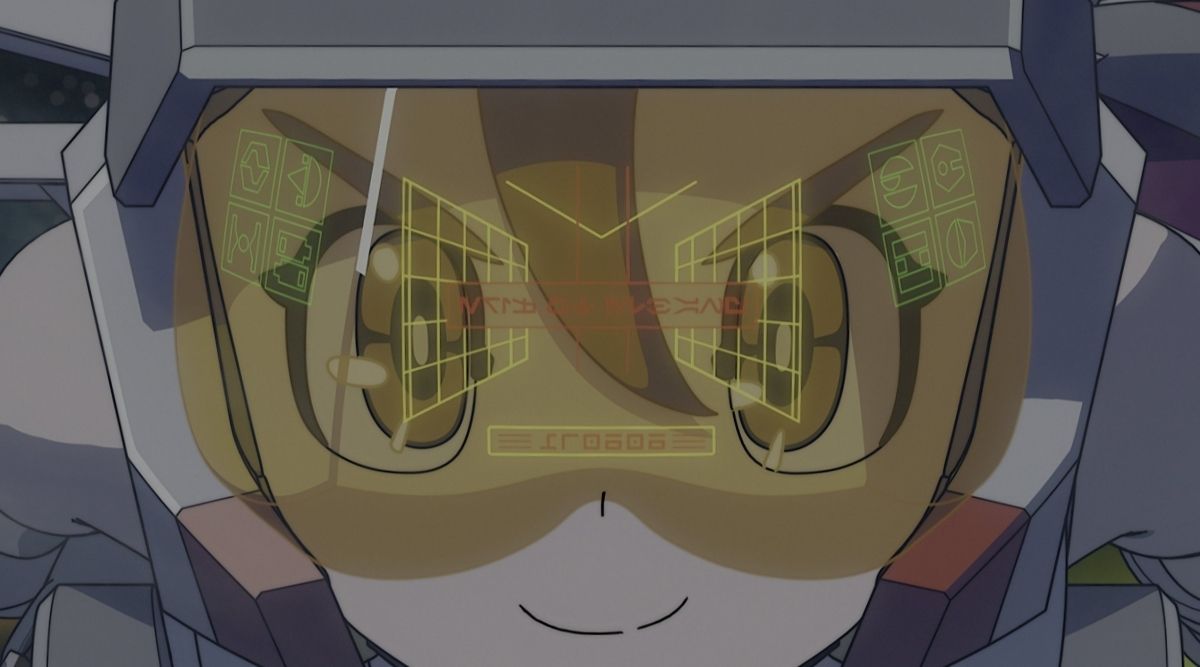
Synopsis: A princess-turned-rebel protects a child from the might of the Empire on a snowbound planet.
WIT Studio, known for redefining cinematic anime through Attack on Titan, The Great Pretender, and Spy × Family, brings its distinct mix of scale and soul to “The Song of Four Wings.” The short is directed by Hiroyasu Kobayashi, a longtime animator and director.
Kobayashi’s work often emphasizes atmosphere; he builds emotion through environment, turning landscapes into reflections of his characters’ hearts. That instinct should serve “The Song of Four Wings” well, as its snowy isolation mirrors the loneliness of rebellion. Expect something deeply cinematic, where movement and music carry as much storytelling weight as dialogue: a quiet ode to resilience and compassion in the cold.
Polygon Pictures — “The Bounty Hunters”
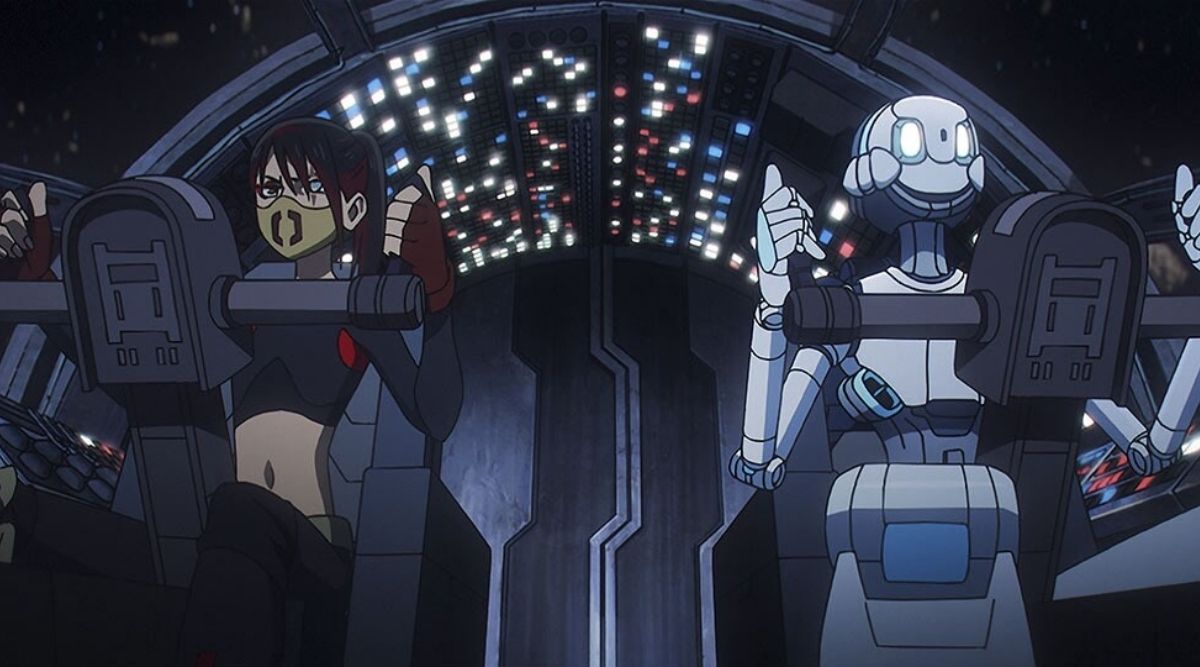
Synopsis: A rogue bounty hunter takes on a job for a shady industrialist that has unexpected consequences for her and her droid.
A pioneer in 3D animation, Polygon Pictures—the studio behind Kaina of the Great Snow Sea—brings mechanical precision that fits perfectly with Star Wars’ industrial aesthetic. Their short, “The Bounty Hunter,” is directed by Junichi Yamamoto, whose diverse background makes him one of the most intriguing choices in Star Wars Visions Volume 3.
Yamamoto worked as an animator on Makoto Shinkai’s Your Name. and directed the comedic fantasy series Armor Shop for Ladies and Gentlemen, as well as segments of Batman Ninja for Kamikaze Douga. His eclectic resume alone suggests this short will straddle tones: sleek yet human, gritty yet emotive. Under his direction, “The Bounty Hunter” could easily become the anthology’s noir standout, blending moral ambiguity and quiet tragedy in the spirit of The Mandalorian through an anime lens.
Project Studio Q — “The Bird of Paradise”
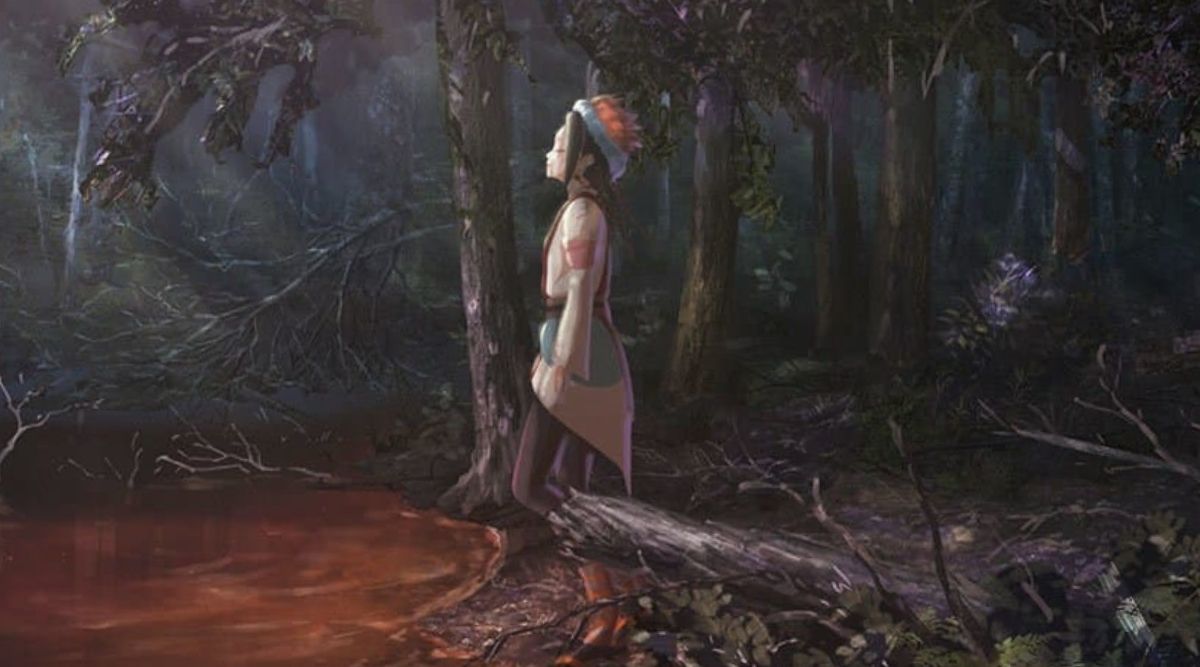
Synopsis: After she is blinded in battle, a hot-headed Jedi Padawan must undergo a series of spiritual trials to overcome the temptation of the dark side.
Project Studio Q, a CG animation studio dedicated to experimental storytelling and young talent, makes its solo debut in Star Wars Visions Volume 3. But this isn’t their first flight through the galaxy. The studio co-produced TRIGGER’s “The Twins” in Volume 1, helping craft its wild energy and operatic style. Now, with “The Bird of Paradise,” they step forward with a story that trades bombast for reflection.
Directed by Tadahiro Yoshihira, who co-directed Knights of Sidonia and Ajin: Demi-Human, “The Bird of Paradise” continues Visions’ tradition of balancing new and veteran voices within the anime industry. Yoshihira’s background in technical precision and CG storytelling positions him to deliver a short that emphasizes inner struggle and discipline, core tenets of Star Wars’ mythic storytelling.
Like Project Studio Q itself, Yoshihira represents the next wave of creators earning their place among the established giants of the medium. Together, they embody Star Wars Visions Volume 3’s central spirit: innovation through collaboration and respect for the art form’s lineage.
Star Wars Visions Volume 3 is shaping up to be a creative conversation: one where legacy and experimentation meet on equal ground. The returning studios bring history, technique, and identity; the newcomers bring hunger, perspective, and risk. Together, they form something uniquely alive, an anthology where every short adds a new accent to the language of Star Wars.
Visions has always been about freedom, not the kind won through rebellion, but the kind earned through creation. With Volume 3, that freedom feels complete. Every frame, every studio, every voice becomes a reflection of what the Force has always represented: connection, renewal, and the courage to imagine something new.

